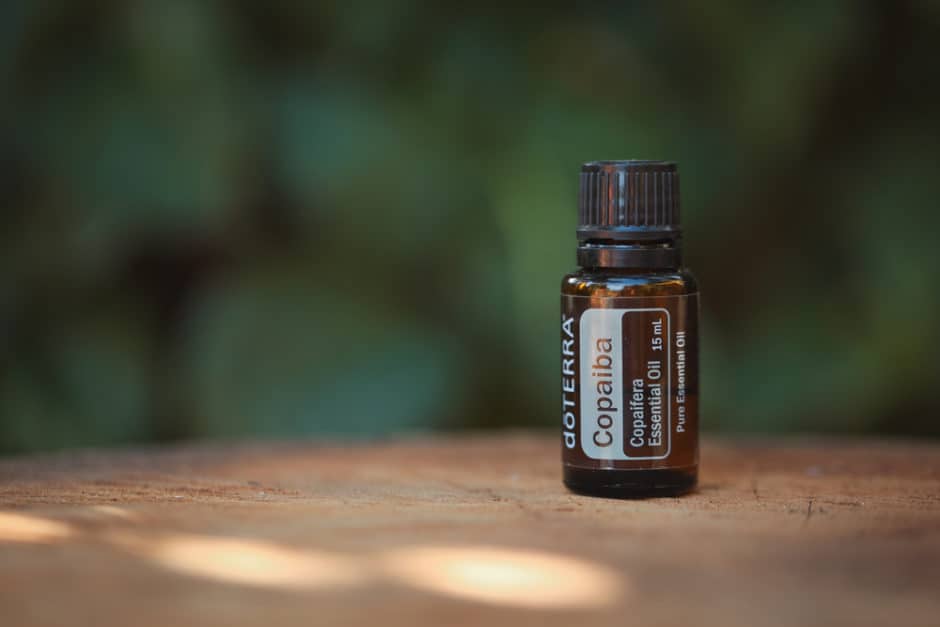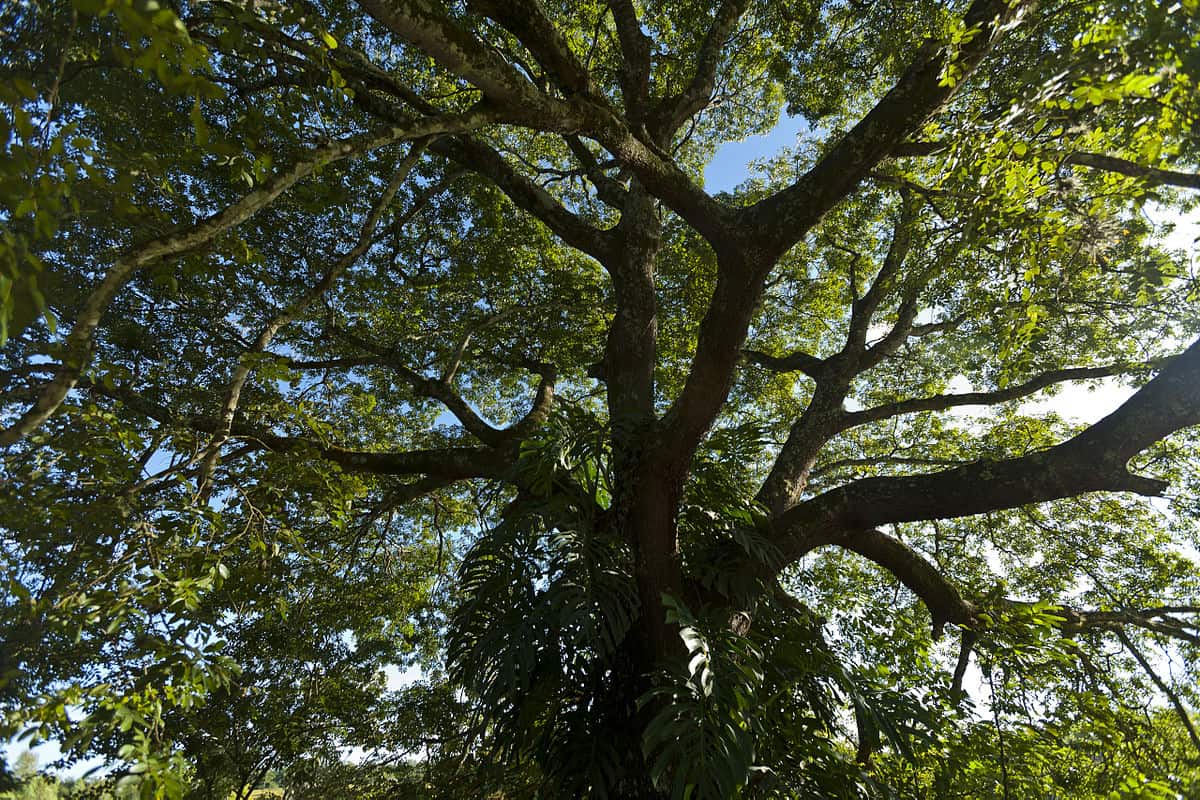Copaiba vs CBD
CBD and Copaiba are two natural compounds that offer a variety of benefits. CBD is well known for its therapeutic effects, while Copaiba has been used for centuries by the indigenous people of South America. Let’s take a closer look at these two compounds to see how they compare.


What is CBD and Copaiba?
CBD is short for cannabidiol, and it is one of the many compounds found in the cannabis plant. CBD is non-intoxicating, meaning it will not produce the “high” associated with THC. CBD can be derived from both marijuana and hemp plants, but it is most commonly extracted from hemp. CBD has a wide range of potential therapeutic applications, including reducing anxiety, relieving pain, and improving sleep. CBD is available in a variety of forms, including oils, tinctures, capsules, and topicals. CBD is legal in many parts of the world, but its legal status varies depending on the country. In the United States, CBD is legal at the federal level but illegal in some states. CBD products are widely available online and in stores across the country.
Copaiba is a CBD-rich oil that is derived from the resin of the copaiba tree. This tree is native to the Amazon rainforest, and its resin has been used by indigenous peoples for centuries. Copaiba oil is odorless and clear, and it contains high levels of CBD as well as other beneficial compounds like beta-caryophyllene and alpha-pinene. While more research is needed to confirm these claims, copaiba oil is becoming increasingly popular as a natural remedy for various health concerns.
What are the differences between CBD and Copaiba?
Copaiba is a natural resin that comes from a tree in the Copaifera genus. This resin has been used for centuries in traditional medicine, and recent studies have shown that it contains high levels of beta-caryophyllene (BCP). BCP is a cannabinoid that interacts with the body’s CB2 receptors. Unlike other cannabinoids, such as CBD, Copaiba does not bind directly to CB2 receptors. Instead, it stimulates the body’s natural production of endocannabinoids, which bind to CB2 receptors and provide various health benefits. Copaiba has been shown to be effective in treating inflammation, pain, anxiety, and other conditions. In addition, Copaiba is non-psychoactive and does not produce the “high” associated with cannabis. As a result, Copaiba is an appealing treatment option for those who want the benefits of cannabinoids without the psychoactive effects.
CBD, or cannabidiol, is a compound found in cannabis plants. Unlike THC, CBD does not produce a high or intoxication. CBD may help reduce symptoms associated with cancer and side effects related to cancer treatment, like nausea and vomiting. CBD may also help reduce inflammation and pain. CBD and copaiba share some similar effects, but they work differently in the body. CBD binds to receptors in the endocannabinoid system, while BCP in copaiba binds to receptors in the nervous system. CBD is also thought to increase levels of Anandamide, a neurotransmitter that plays a role in pain relief, while copaiba may inhibit the breakdown of this neurotransmitter. CBD and copaiba are both effective for reducing inflammation and pain, but copaiba may be more effective for anxiety and CBD may be better for pain relief.
How to use CBD and Copaiba?
CBD and copaiba can be used in different ways, including topical application, ingestion, and inhalation. Topical application is when the CBD or copaiba is applied directly to the skin. This method is effective for treating localized pain or skin conditions. Ingestion is when CBD or copaiba is taken orally, either in the form of a capsule or tincture. This method allows the CBD or copaiba to enter the bloodstream directly, making it ideal for treating conditions that require systemic relief. Inhalation is when CBD or copaiba is inhaled via vaporization. This method allows CBD or copaiba to take effect almost immediately, making it ideal for treating acute conditions. CBD and copaiba are two versatile plant-based treatments that offer a variety of health benefits.

Are the oils safe to take?
Both oils contain certain compounds that can interact with the body’s endocannabinoid system, but there are some important differences between the two. CBD oil is safe for both adults and children to use, while copaiba oil should not be used by children under the age of 18. CBD oil is also more likely to cause side effects such as drowsiness or gastrointestinal issues, while copaiba oil is generally well-tolerated. Ultimately, CBD oil and copaiba oil are two potent oils with different applications. Speak with a healthcare professional before using either oil.
How to choose between CBD and Copaiba
CBD is generally considered to be more potent than copaiba, but it may also cause more side effects. CBD is also not legal in all states, while copaiba is legal in all states. When deciding between CBD and copaiba, it is important to consider your individual needs and preferences. If you are looking for a potent remedy with few side effects, CBD may be the better option. However, if you are concerned about the legal status of CBD or prefer a natural remedy that is legal in all states, copaiba may be the better option for you. You can purchase CBD and copaiba online or at natural health stores. Be sure to do your research to find a reputable source.
Conclusion
CBD and Copaiba are both powerful plant-based compounds that have been used for centuries to support human health. They share some similarities, but there are also key differences between the two. When choosing between CBD and Copaiba, it is important to consider what you hope to achieve with their use, as well as your own individual needs and preferences. Both CBD and Copaiba are safe to take and can be enjoyed in a variety of ways, so feel free to experiment until you find the right combination for you. Interested in CBD oil? Check out our Top 10 page!